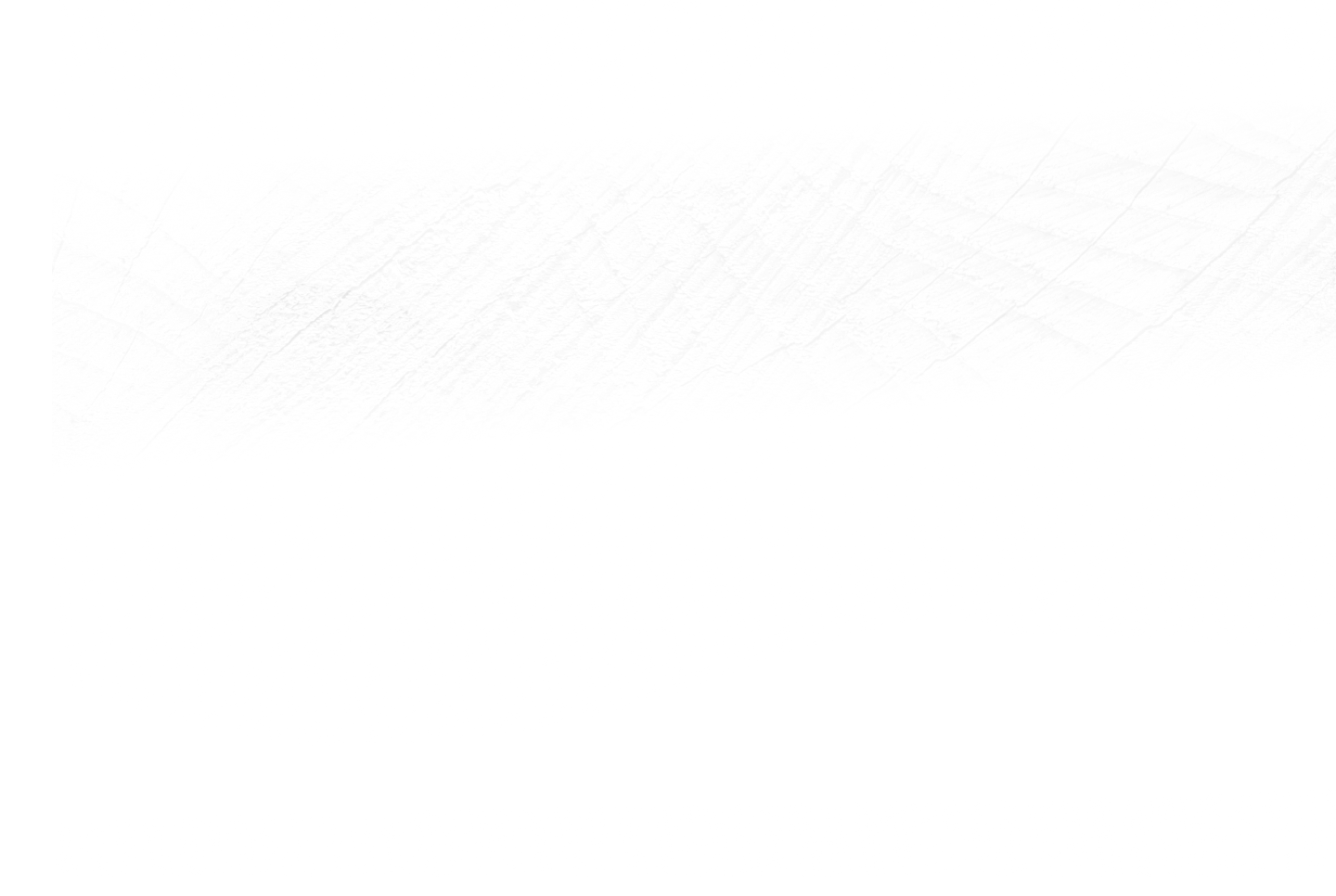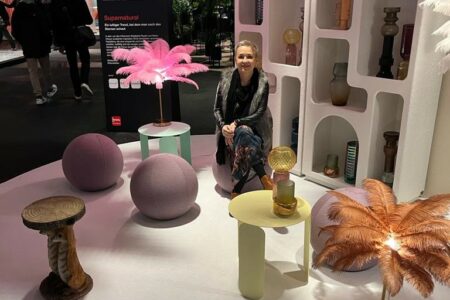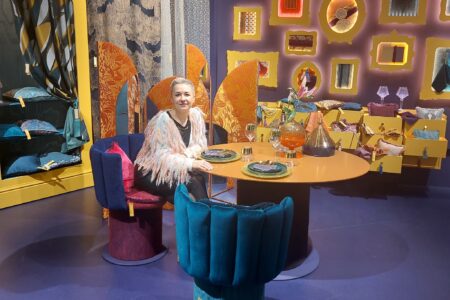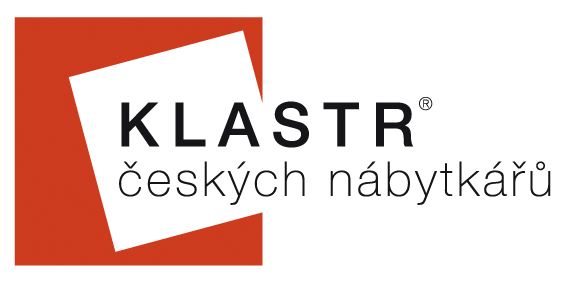
Insights from the International IMM 2024 Trade Fair from an Interior Designer’s Perspective
The beloved IMM furniture trade fair, held in January 2024 in Cologne, experienced a genuine COVID-19 hiatus before returning this year.
According to the organizers, the event attracted over 42,000 visitors from 129 countries worldwide and hosted nearly 750 brands. From a global perspective, these numbers look promising, but there were noticeable changes: fewer exhibition halls and a lack of some accompanying programs, which had always enriched the event before the pandemic. A significant drawback was the absence of the “Das Haus” exhibition, which in previous years had been a major attraction and source of inspiration for both casual visitors and professionals. In its place were two circular exhibits titled Inspiration Circles: one on the theme Supernatural, curated by Elisabetta Rizzato and Stefan Nilsson, and the other In Contrast, crafted by Claudia Böttcher and Igor Josifovic-Kemper.
The fair itself was a pleasant experience. The moderate number of attendees and well-lit exhibitions allowed for detailed and stress-free viewing. While fewer halls were dedicated to the Pure segment (marketed as “The exclusive premium segment” according to the printed guide), there was still plenty to admire.
Much like at the 2023 Salone del Mobile, rounded shapes dominated IMM 2024. This design trend appeared across tabletops, bases, side tables, cabinets, and even in details such as handles, edges, frames, armrests, decorations, lamps, and mirrors. Rectilinear furniture was still present, but often with rounded elements, like circular handles or softened edges.
The color schemes affirmed the industry’s recent evolution, showcasing a greater variety of vibrant hues that are now fully integrated into mainstream furniture. Bold shades are no longer shocking or seen as unconventional; instead, they represent a gradual shift toward wider acceptance in everyday interiors.
Muted red and orange tones remain prevalent, particularly in standalone pieces like chairs, sofas, cabinets, side tables, and dining tables. These warm hues are often paired with neutral tones for balance. Occasionally, orange is replaced with muted yellow shades reminiscent of ochre, frequently combined with darker blues or even blue-violet tones to create high contrast or intentional visual provocations. For instance, the Bretz booth stood out with its focus on extravagant presentations.
Blue tones, still a key player in current palettes, are increasingly seen in muted, grayish shades. These soft blues pair beautifully with beige or muted greens, such as sage or very light olive tones. Designers are experimenting with combinations that either highlight contrast with accents like red or create harmonious blends for a more cohesive look.
Asymmetry as a Novelty
Asymmetry emerged as a notable trend, especially in dining table designs. Most asymmetric tables featured rounded, irregular shapes, although a few designers explored sharp edges, particularly in wooden tabletops. Oval shapes were also evident in stone and ceramic materials.
The trend extended to coffee tables, often accompanied by asymmetric bases, although this was less pronounced. Sofas were another area where asymmetry stood out, primarily in standalone pieces with unconventional backrest designs or overall forms, including asymmetrical armrests. The effect was further emphasized by the use of multicolored upholstery on different parts of the furniture.
Whether asymmetry will establish itself as a major trend or fade as a fleeting curiosity remains to be seen in the coming season.
IMM 2024 brought a mix of familiar and novel elements to the table, reaffirming its role as a trendsetter in the furniture and interior design industry. Rounded shapes, bold yet balanced color palettes, and the exploration of asymmetry suggest a period of creative experimentation, where comfort, playfulness, and sophistication blend seamlessly.
Press Release HERE







